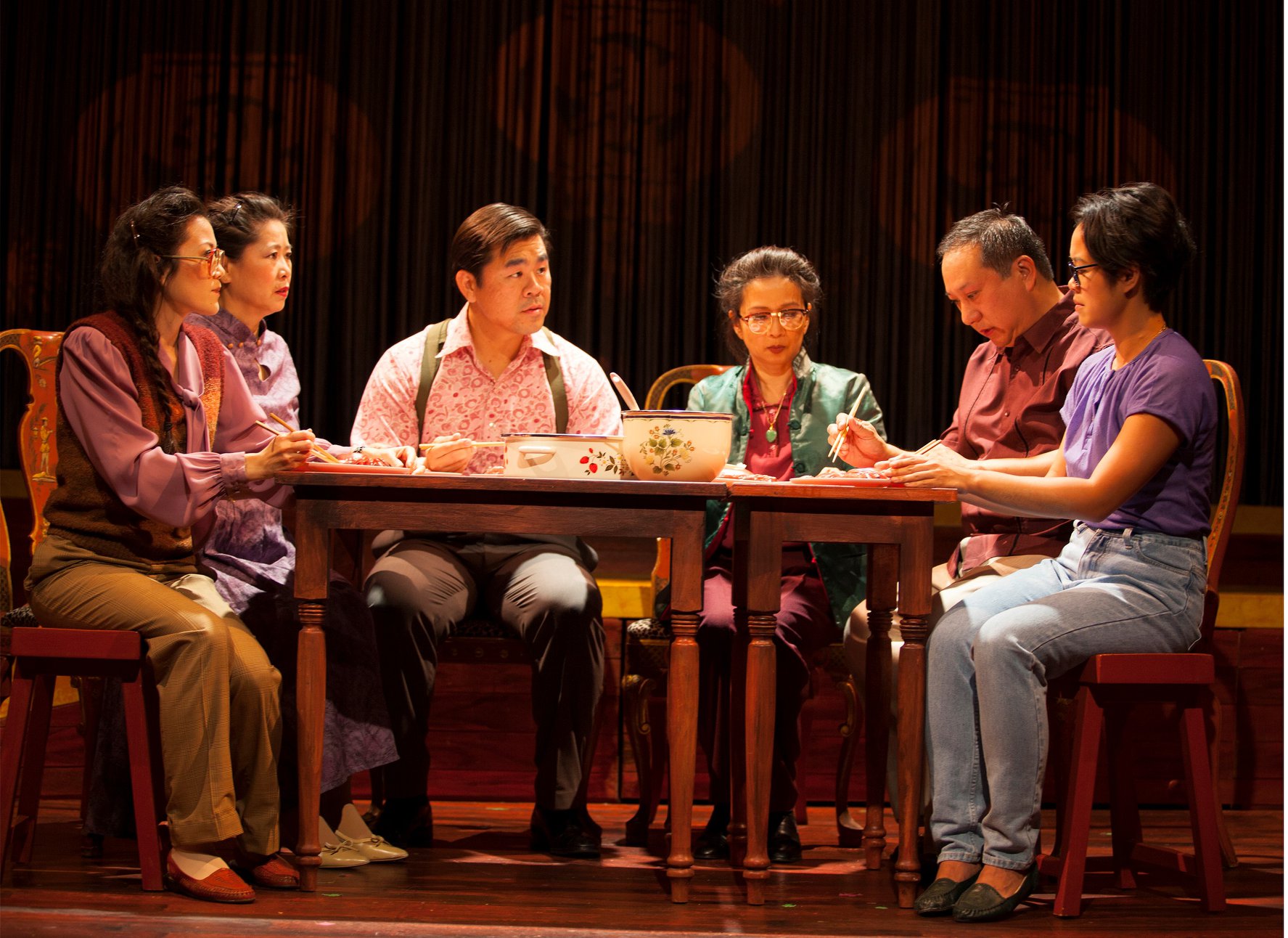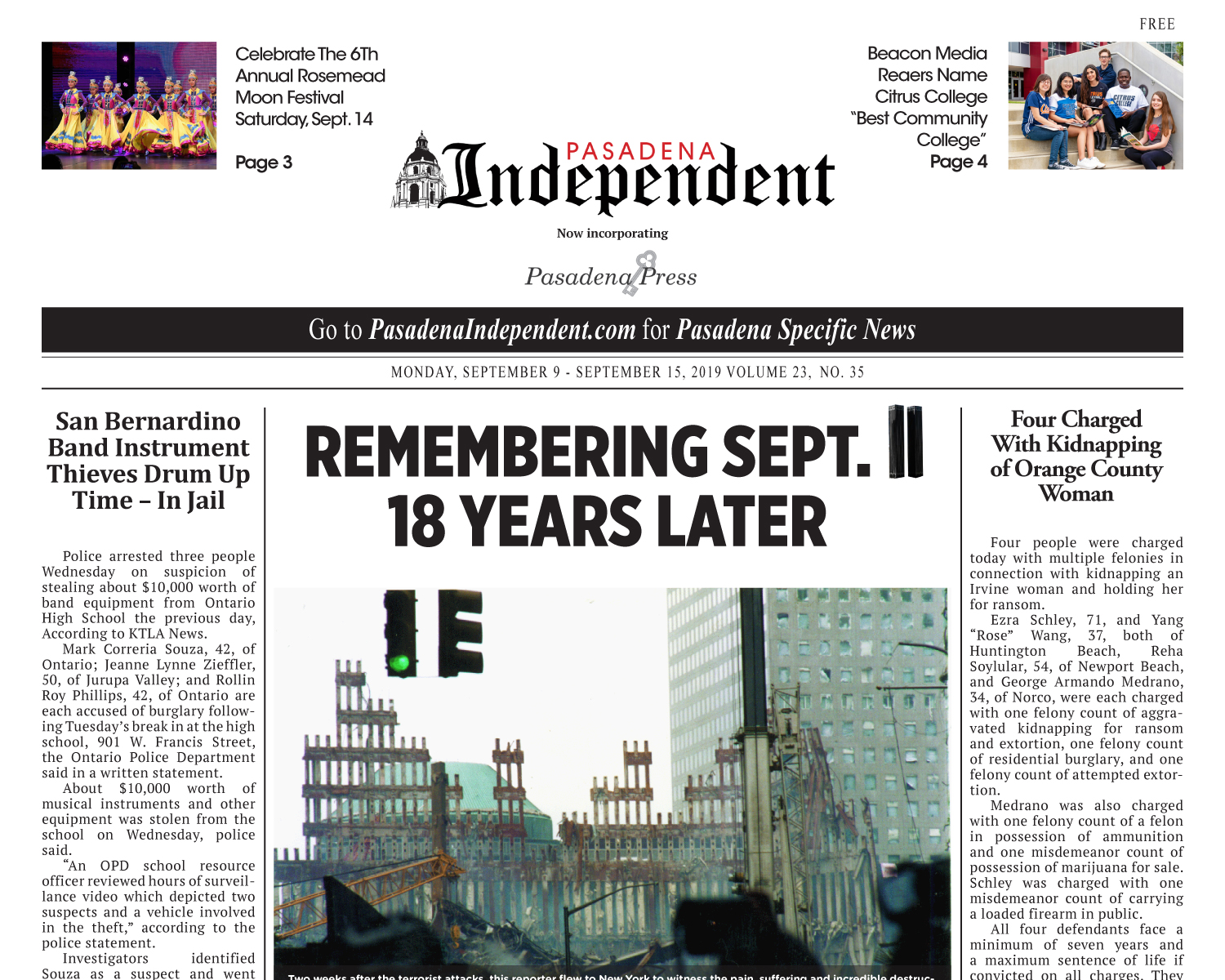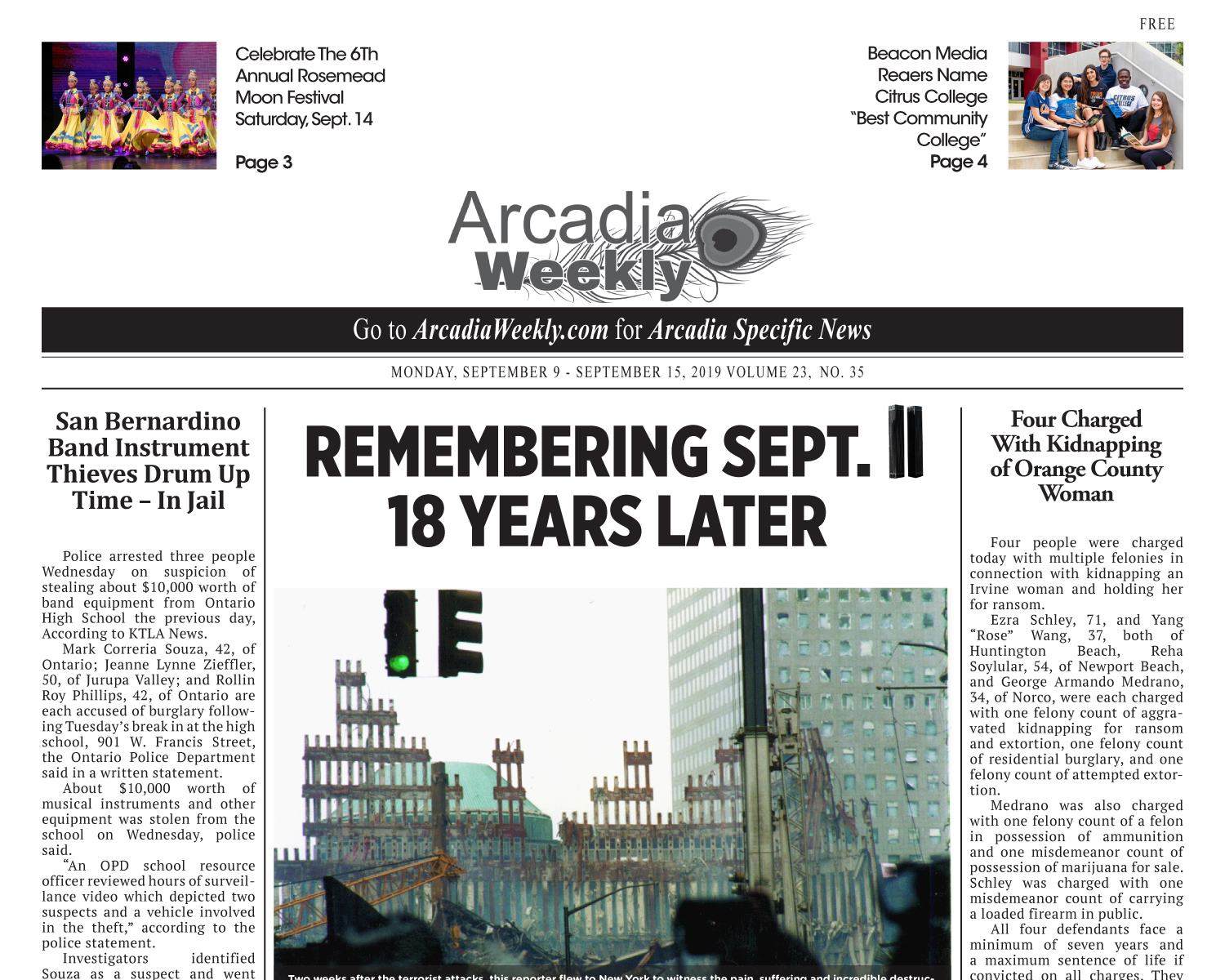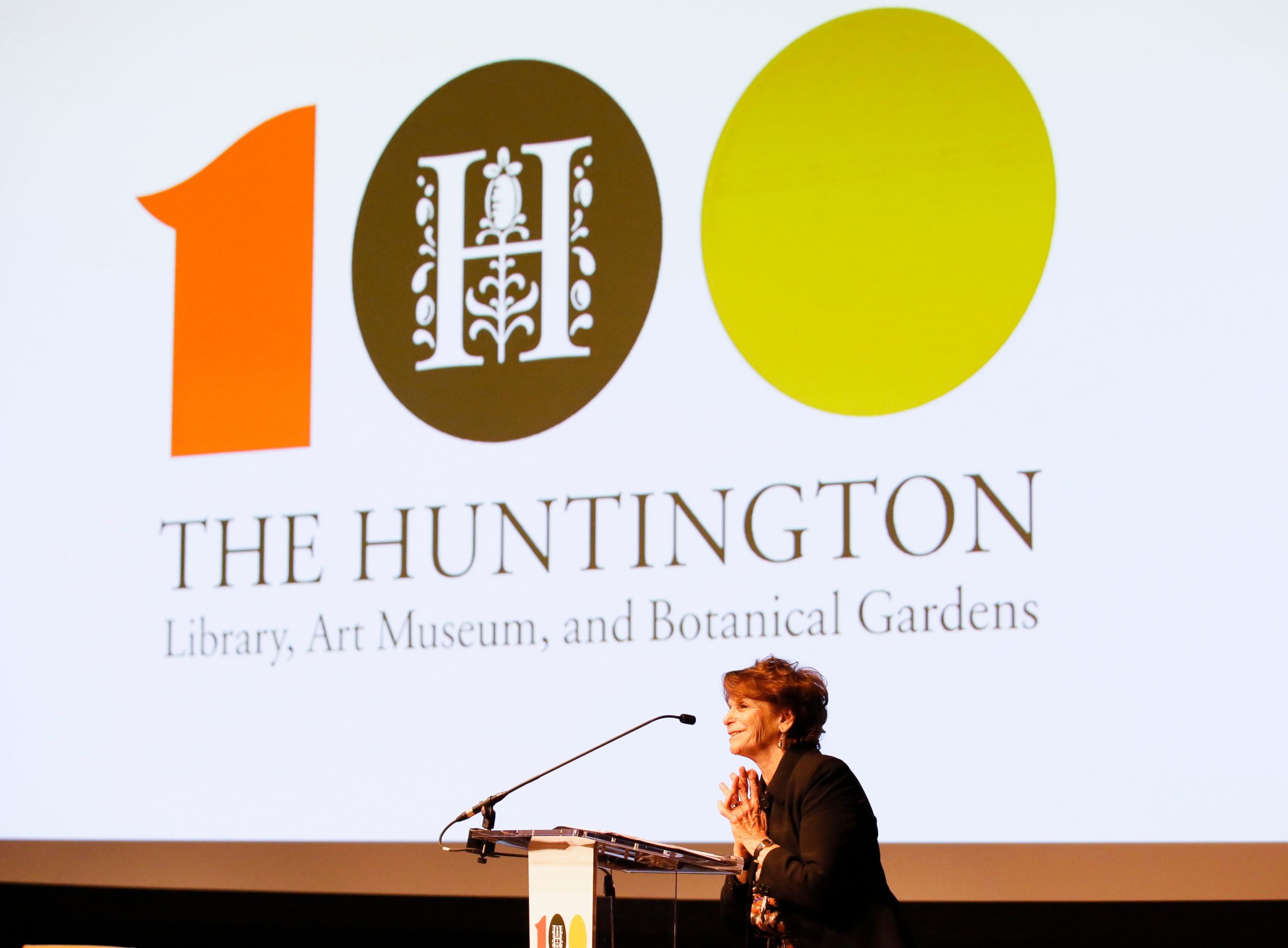By Giuseppe Mastrobuono
“Annabelle” is a horror thriller set in rural California in the 1950s. The story begins when Sam and Esther Mullins lose their seven year old daughter in a car accident.
When a local orphanage is forced to close twelve years later, the Mullins offer to take six of the orphan girls into their home, along with their caretaker Sister Charlotte, a young Catholic nun.
As the story gradually unfolds, the young girls and Sister Charlotte discover that the house is haunted by a satanic spirit which has possessed a porcelain doll that was once the toy of the young girl Annabelle. Ironically it is the youngest, polio-stricken orphan Janice, played by Thalia Bateman, who is initially compromised by Annabelle, converting her soul over to evil. She subsequently turns on the other orphan girls, spending the second half of the movie trying to kill all of them.
Annabelle’s father Sam Mullins (Anthony LaPaglia) is a retired toymaker who is visibly tormented by the loss of his young daughter. He remains aloof and emotionally removed throughout the film, sustaining a persona that is not your typical intense and engaged LaPaglia. Sam’s wife Esther (Miranda Otto) contributes primarily from the sidelines due to ill health. The most compelling character is Sister Charlotte, played by Stephanie Sigman. She is a figure of strength and nurturing, guiding the orphan children through their journeys into the unknown as the ensemble cast are pulled further into the evil which surrounds them.
Religious imagery plays a big role in “Annabelle: Creation.” Director Sandberg injects frequent scenes of the main characters defending themselves with wooden or iron crucifixes from the evil spirit that has possessed the Mullins’ farmhouse.
Footage of the beautiful, rolling California countryside is a refreshing contrast to the horror that permeates the inside of the farmhouse. Cinematographically, the movie is picturesque and artistic; many of the frames are reminiscent of 18th century paintings. Intense and dramatic music plays throughout most of the scenes, enhancing the mood of suspense and danger. A combination of sudden movements, frightening visual effects and chilling music prove to be instrumental in cultivating an atmosphere of supernatural terror.
On the thematic level, “Annabelle: Creation” does not make much of an impression. It is clear that the central subject matter is the classic battle between good and evil. In this case the evil ultimately prevails, but Sandberg does not appear to say anything unique or original regarding the subject. The flat script makes any possible underlying message even less palpable. Despite occasional maxims referencing Scripture and the power of God uttered by Sister Charlotte, it is mostly monotone, unable to transcend a base level of communication. There is little dialogue of any depth between the characters.
As a horror-thriller genre film, however, it remains true to its form, successfully scaring and surprising the audience.







